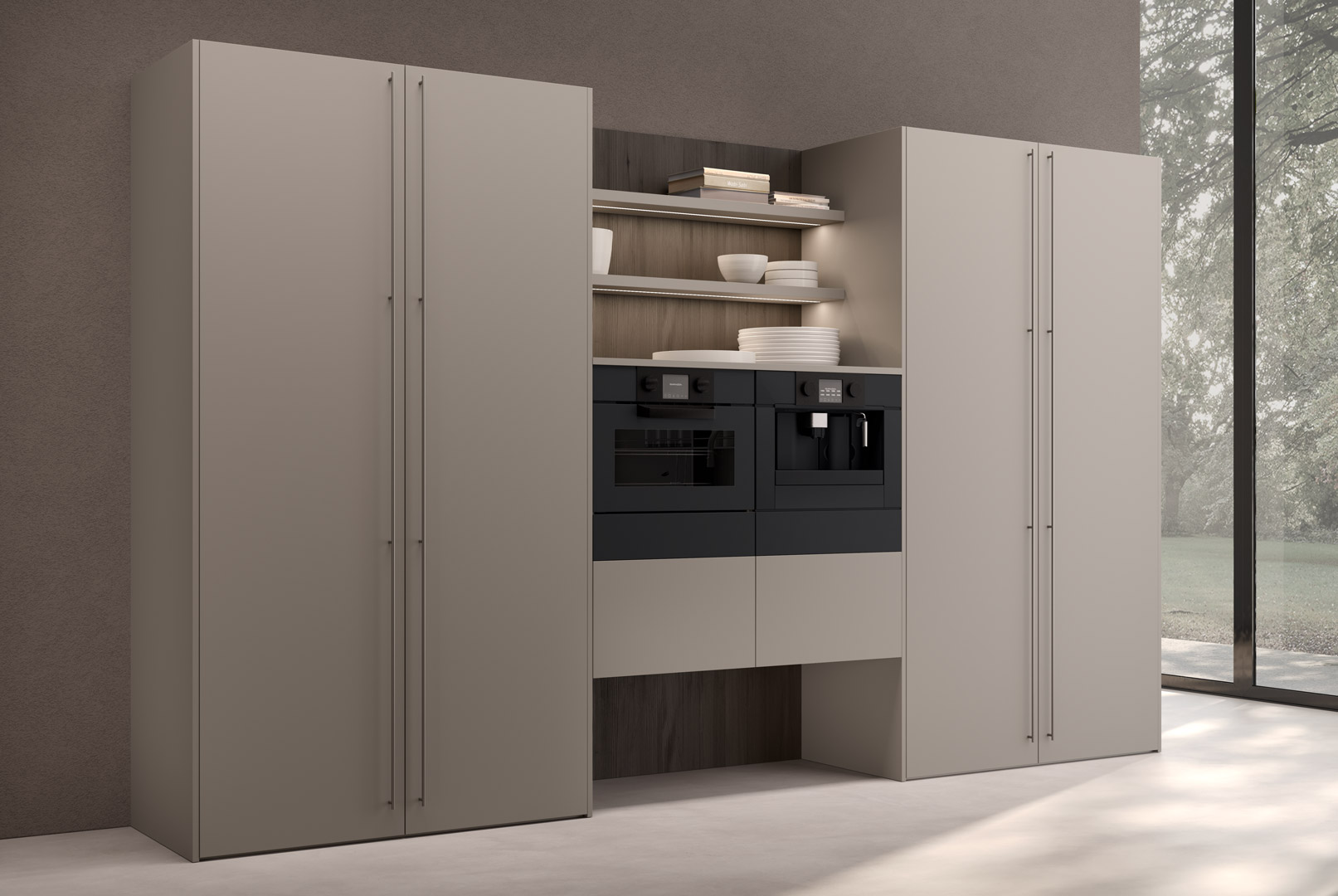
The oven: the beating heart of a modern kitchen
The oven is the centrepiece of any kitchen, an essential appliance that combines functions, innovation and design. Whether it is being used to prepare gourmet dishes or make everyday meals, a modern oven offers a range of options that satisfy every culinary and visual need. In this article, we will be looking at the different oven sizes, the ideal positions in the kitchen, the state-of-the-art functions available, the importance of design, energy efficiency, advice for efficient cleaning, the possibility of having several ovens for more versatility and an analysis of the price bands of the various models on the market.
Dimensions of the oven: choose the right size for your kitchen
The size of the oven you choose depends on the space available and your own culinary needs.
- Compact ovens (45 cm in height): ideal for kitchens with limited space or as a second oven. Perfect for single people or couples.
- Standard ovens (60 cm in width): the most common size, suitable for most families.
- Large ovens (from 75 cm to 90 cm in width): these offer a greater capacity, perfect for large families or cooking enthusiasts.
Positioning of the oven: functions and appearance
The position of the oven can effect both the ergonomics and the appearance of the kitchen.
- In the base: the traditional position, often underneath the hob, in order to optimise space and create a single cooking area.
- Column: installing the oven at eye level makes it more accessible and reduces fatigue.
- Central island: for spacious kitchens, an oven on the central island becomes an element of design and function.
- Between the wall units: the microwave can be built into the wall units, optimising vertical space and maintaining a harmonious design.
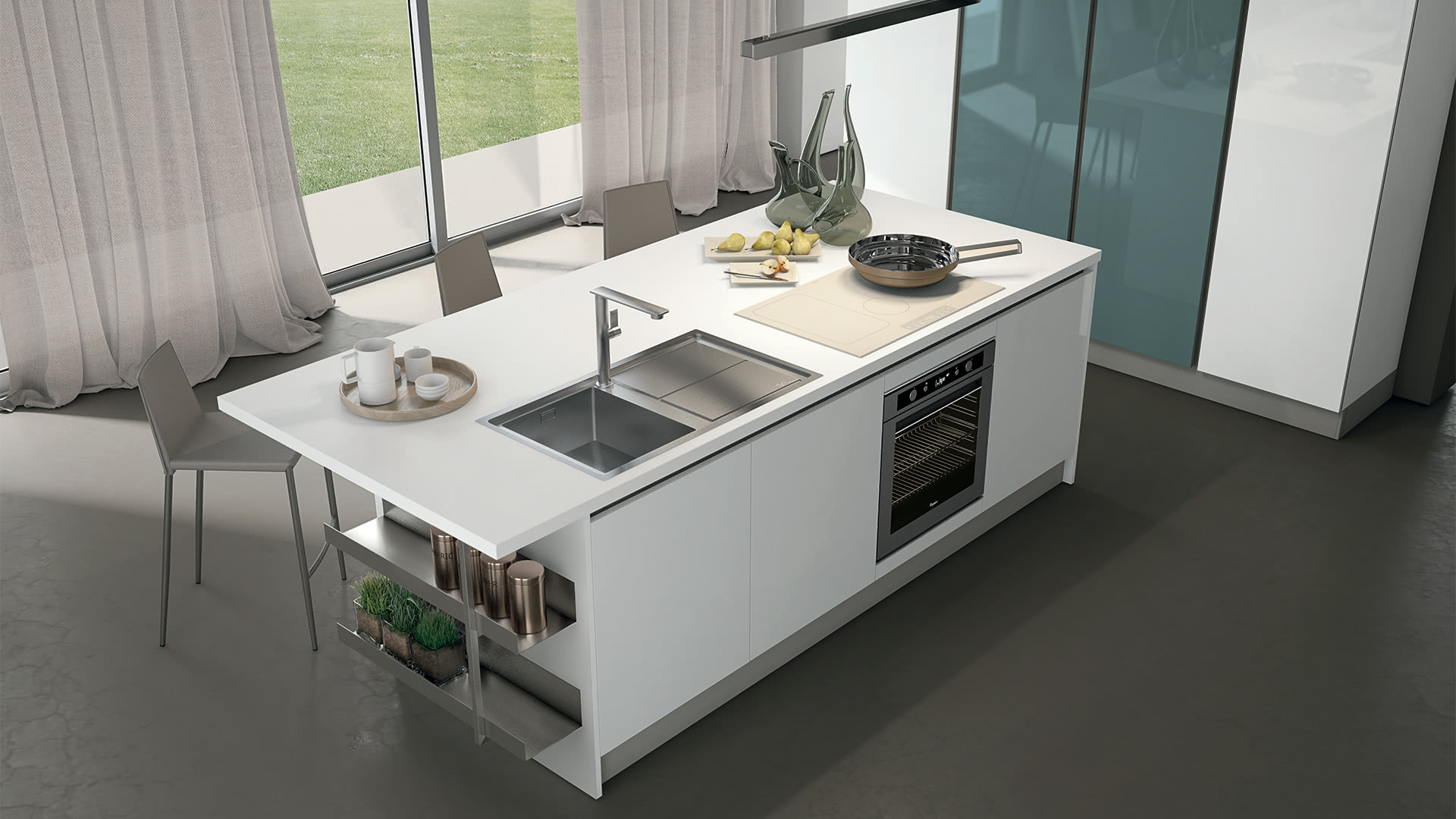
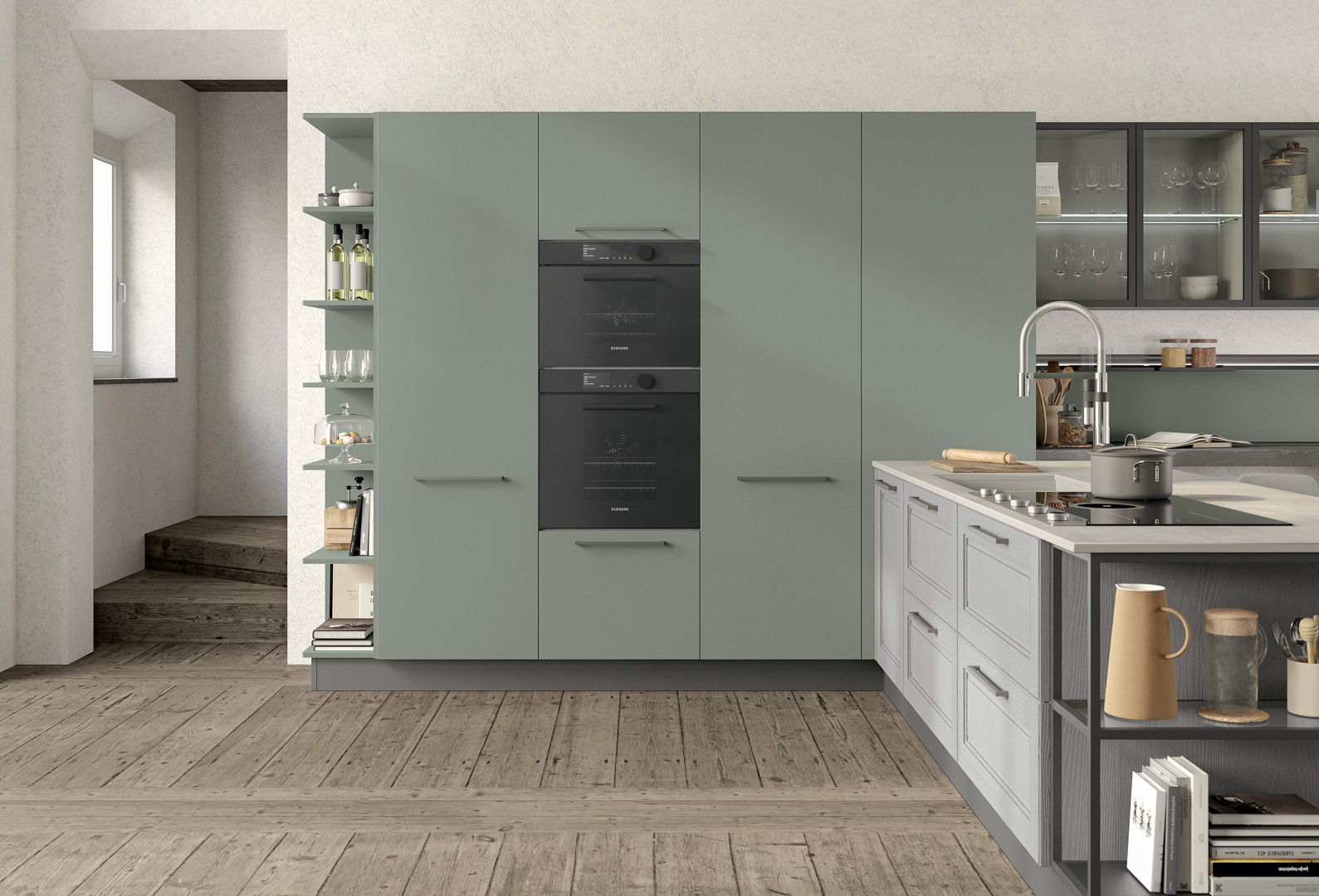
State-of-the-art functions: technology at the service of the kitchen
Modern ovens have state-of-the-art technologies that simplify cooking and improve the results. Specific programs for each type of dish prepared can optimise the final results and make the appliance easier to use.
- Steaming: this maintains the nutrients and humidity in the food, ideal for healthy cooking.
- Integrated microwave function: this combines the functions of a traditional oven and a microwave, for greater versatility.
- Air fryer function: built-in ovens can offer the air fryer function, allowing crisp and crunchy foods to be cooked using less oil, in line with the latest culinary trends.
- Control through an app: this is used for remote management of the oven, such as setting a timer and the temperatures, and access to personalised recipes.
- Pre-set recipes: automatic programs for various types of food, making preparation of the dishes easier.
The design of the oven: an expression of style
In addition to its technical functions, the design of the oven plays a fundamental role in the overall appearance of the kitchen. Modern ovens are not just cooking equipment, but genuine furnishing elements that can enhance and personalise the environment.
- Personalised colours and finishes: ovens are available in a variety of colours and finishes, such as copper, silver, matt black and glossy white. These options allow the oven to be combined with other elements of the kitchen, creating a harmonious and consistent look.
- Design details: elements such as brushed metal handles, integrated touchscreen displays and retractable controls add a touch of elegance and modernity.
- Handle-free design: ovens with a handle-free design have a minimalist and linear appearance, ideal for contemporary kitchens. The door is opened with push-pull mechanisms or touch sensors, eliminating protruding elements and simplifying the lines.
- Integration with other household appliances: some ovens are designed to be integrated perfectly with other household appliances, such as refrigerators or dishwashers, creating a uniform and stylistically consistent environment.
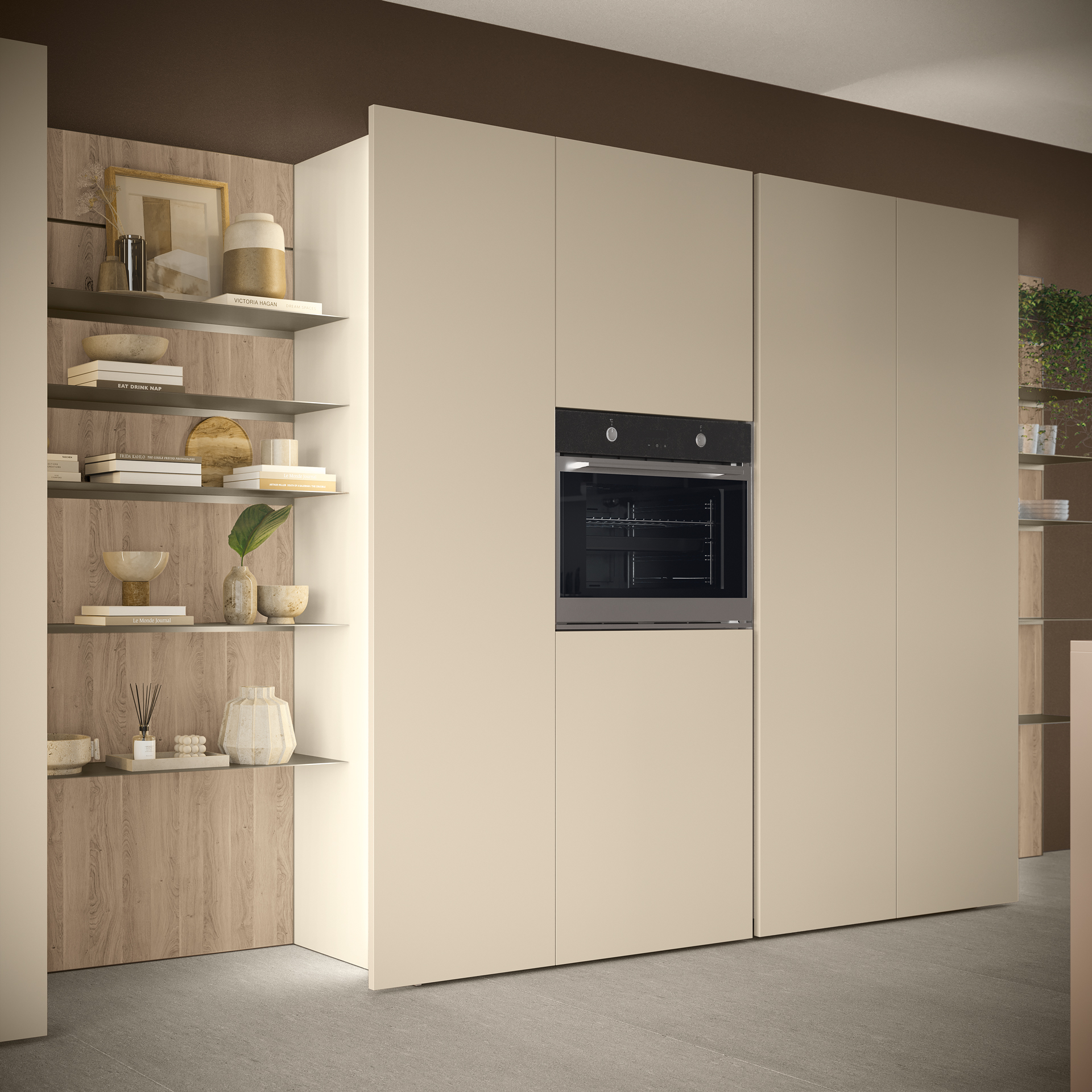
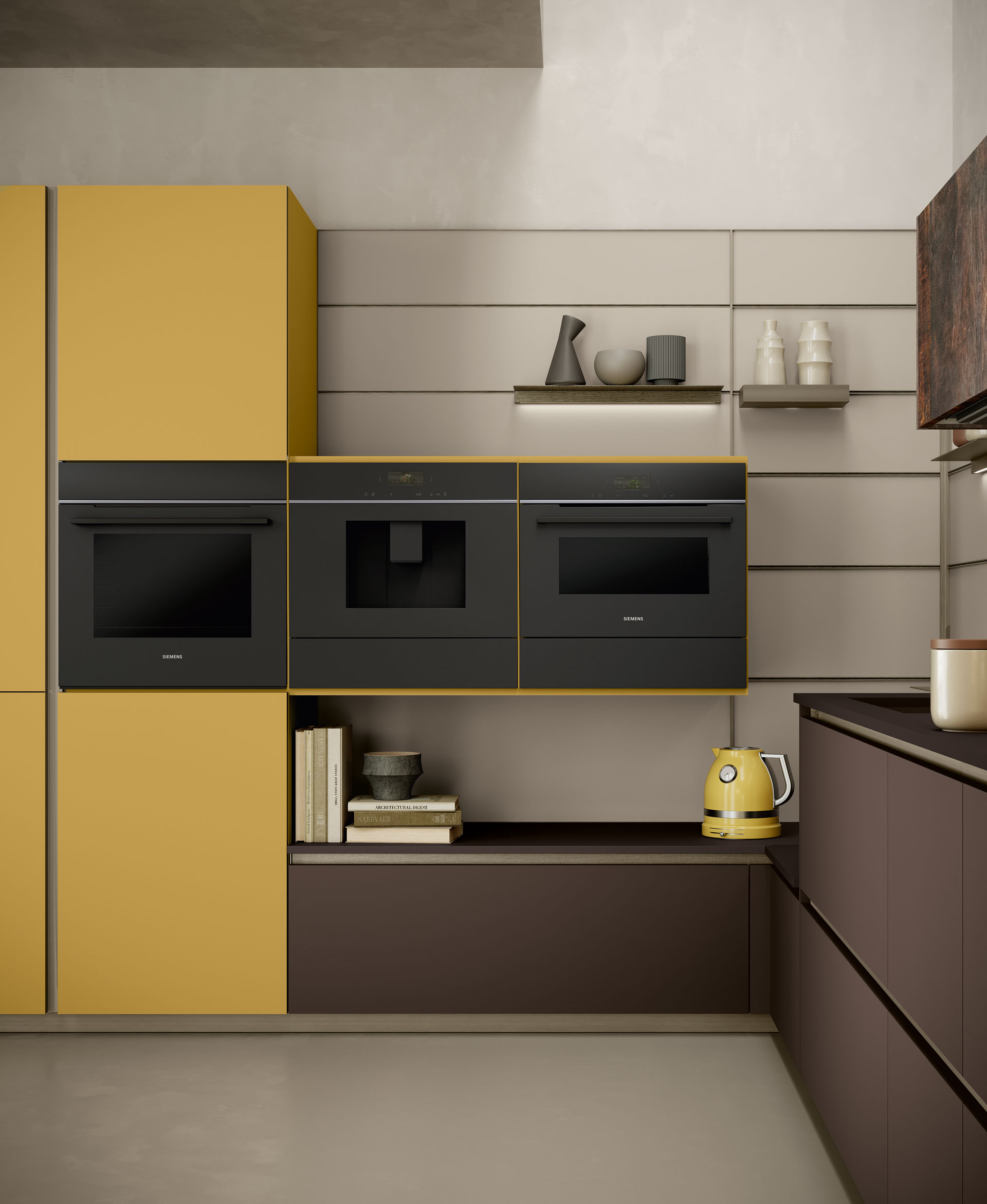
Energy efficiency: savings and sustainability
Energy efficiency is a crucial factor in choice of an oven, for both financial and environmental reasons. An oven with a good energy class not only reduces electricity consumption, but also contributes to environmental sustainability.
- High energy classes: ovens are classified from A+++ (maximum efficiency) to D (minimum efficiency). Choosing an oven with energy class A or higher can significantly reduce energy consumption.
- Environmentally-friendly functions: many modern ovens have environmentally-friendly cooking programs that optimise use of energy without undermining performance.
- Improved thermal insulation: good thermal insulation prevents heat dispersion, maintaining a constant temperature inside the oven and reducing cooking times.
- Reduced consumption: ovens with innovative technologies, such as state-of-the-art convection or use of reflecting materials, can reduce energy consumption by up to 30% compared with traditional models.
Why is this important:
- Financial saving: an efficient oven consumes less energy, reducing the electricity bill over the long term.
- Environmental impact: lower consumption also means reducing CO2 emissions, which helps to protect the environment.
- Added value: an efficient household appliance increases the value of the home and satisfies the needs of a market focusing increasingly on sustainability.
Cleaning the oven: simple and effective solutions
Keeping the oven clean is essential to ensure its optimal functioning and durability.
- Pyrolytic cleaning: the oven reaches high temperatures that reduce the residues to ash, making cleaning easier.
- Catalytic cleaning: special panels absorb and break down the fats during cooking.
- Steam cleaning: this uses steam to soften the dirt, making manual cleaning simpler.
Several ovens for greater versatility
Having several ovens offers an unprecedented flexibility in the kitchen.
- Double oven: two ovens can be installed in a kitchen to increase the simultaneous cooking options. This is ideal for someone who wants to cook several dishes at the same time or needs different cooking temperatures.
- Installation of two ovens: two ovens with different dimensions and features (e.g. traditional, compact, steam, microwave, etc.) allows different dishes to be cooked at the same time and at different temperatures.
- Personalised combinations: combining a traditional oven with a microwave or a steam oven increases the cooking options.
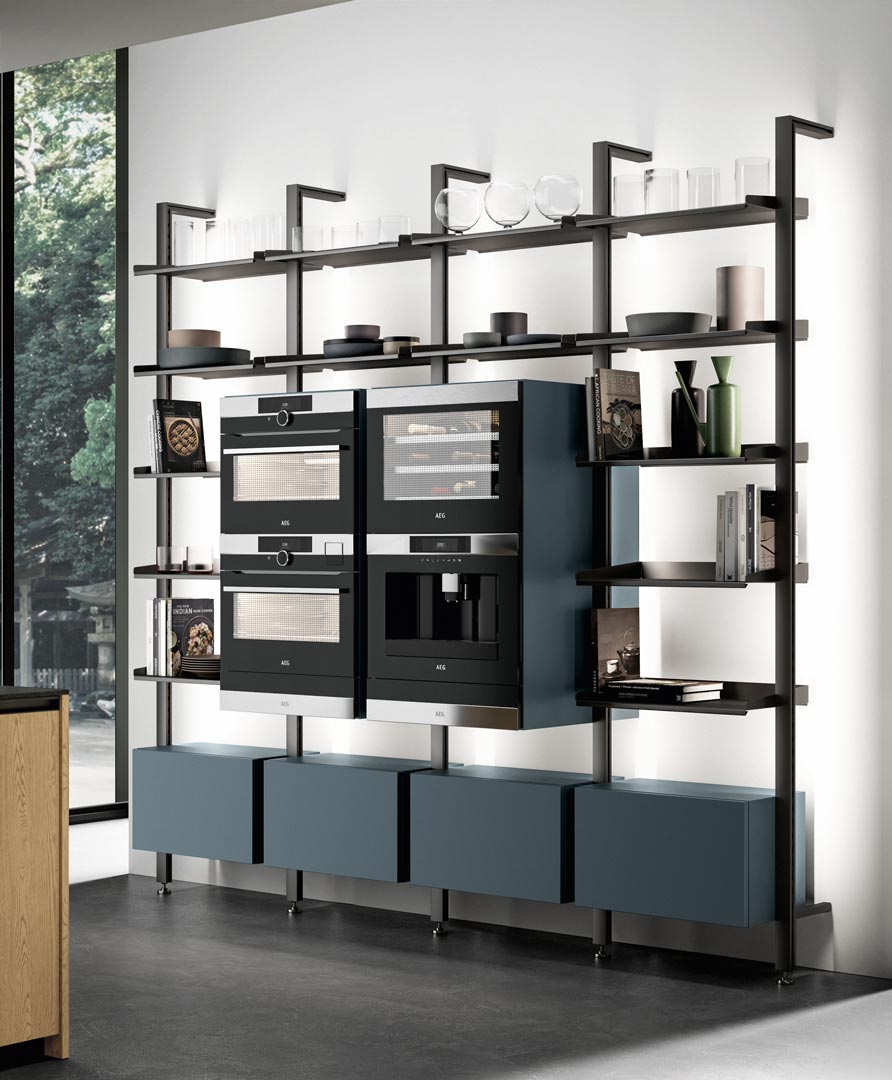
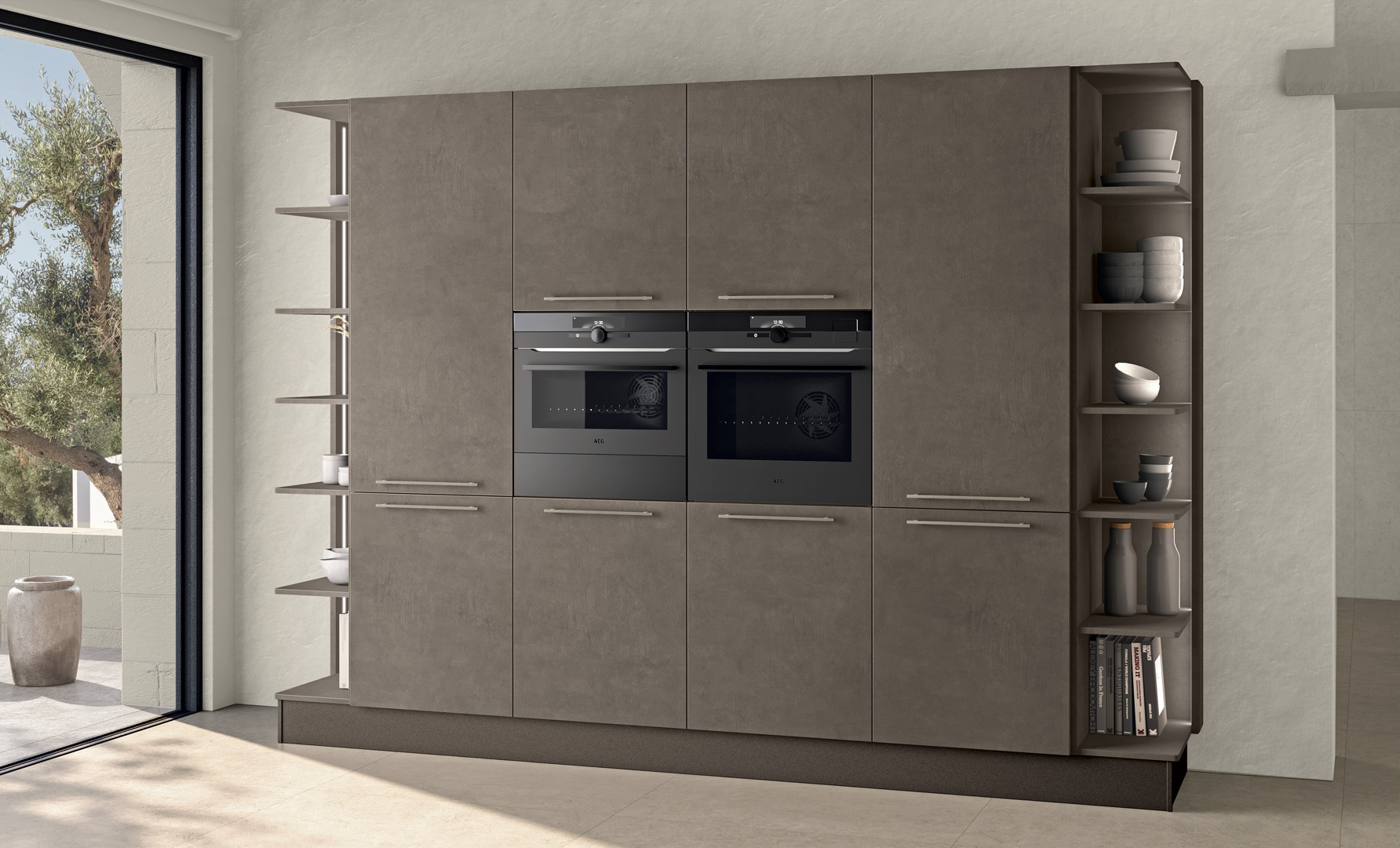
Price ranges: an oven for every budget
There is a broad range of ovens on the market for all budgets.
- Economic range (200€ - 500€): basic models with essential functions and good energy efficiency, suitable for anyone who wants a reliable and no-frills oven.
- Medium range (500€ - 1000€): these offer a good balance between price and functions, with state-of-the-art features and high energy classes.
- High range (over 1000€): premium ovens with an elegant design, high-quality materials, state-of-the-art technologies and maximum energy efficiency.
Conclusion
An oven is so much more than just a simple household appliance; it is the beating heart of the kitchen that reflects the lifestyle, culinary needs, visual taste and environmental awareness of its owner. Choosing the right oven means carefully considering size, positioning, functions, design, energy efficiency, cleaning and budget. Whether you are an occasional cook or an enthusiastic gourmet chef, there is the perfect oven for you.
Discover our range of ovens and transform your kitchen into a modern, functional and sustainable space!

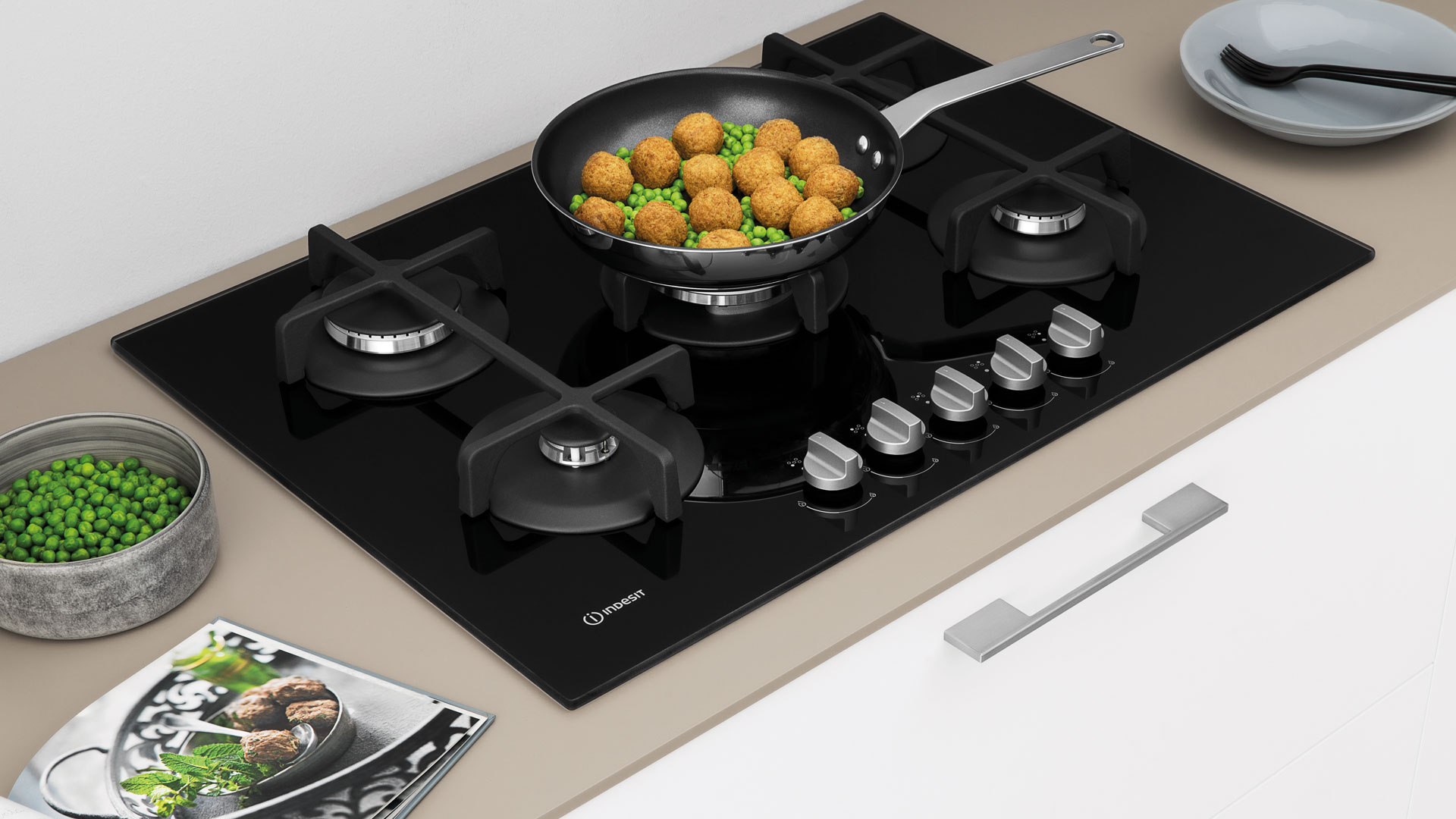

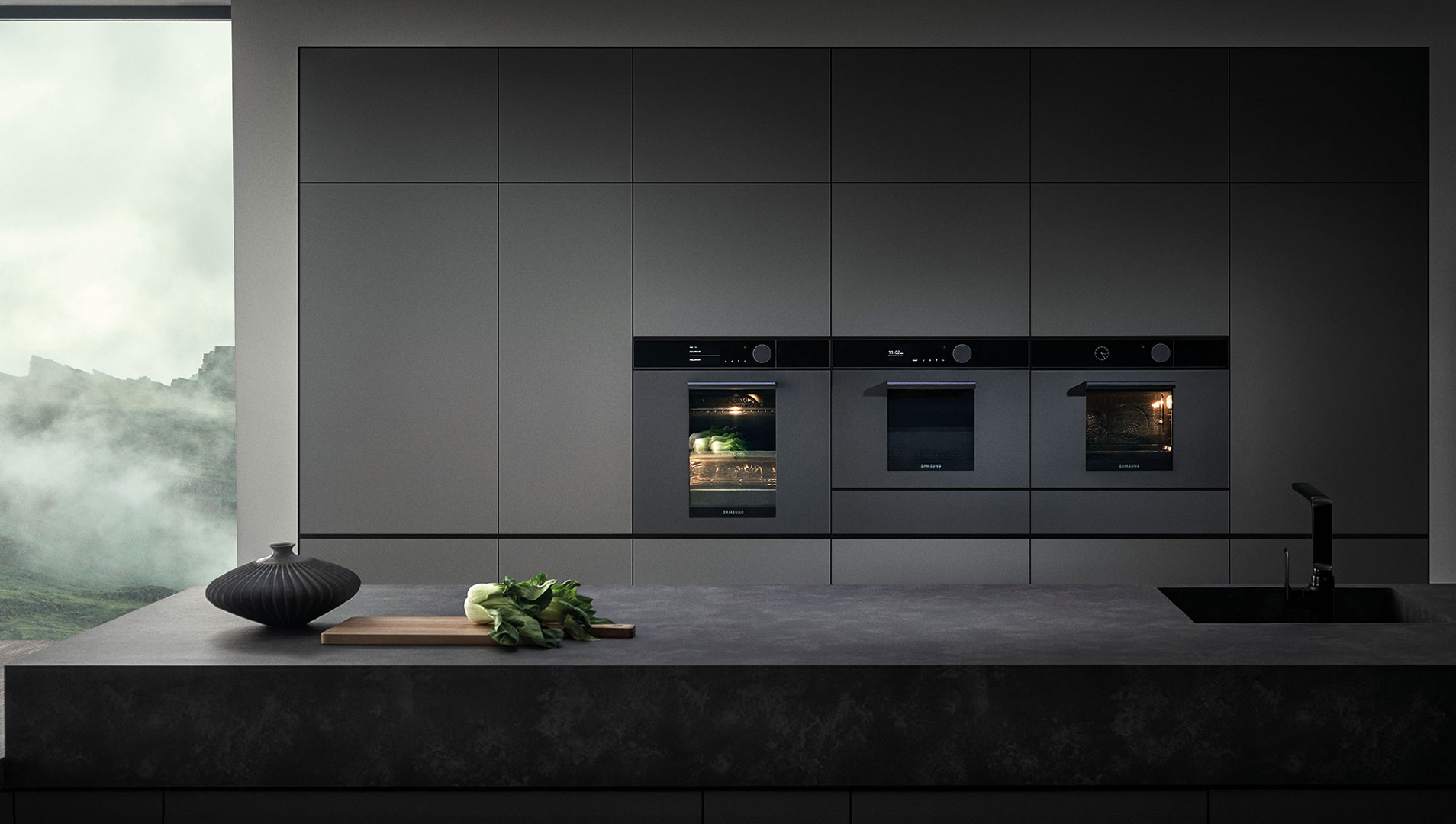
 Google Chrome
Google Chrome
 Mozilla Firefox
Mozilla Firefox
 Microsoft Edg
Microsoft Edg
 Safari
Safari